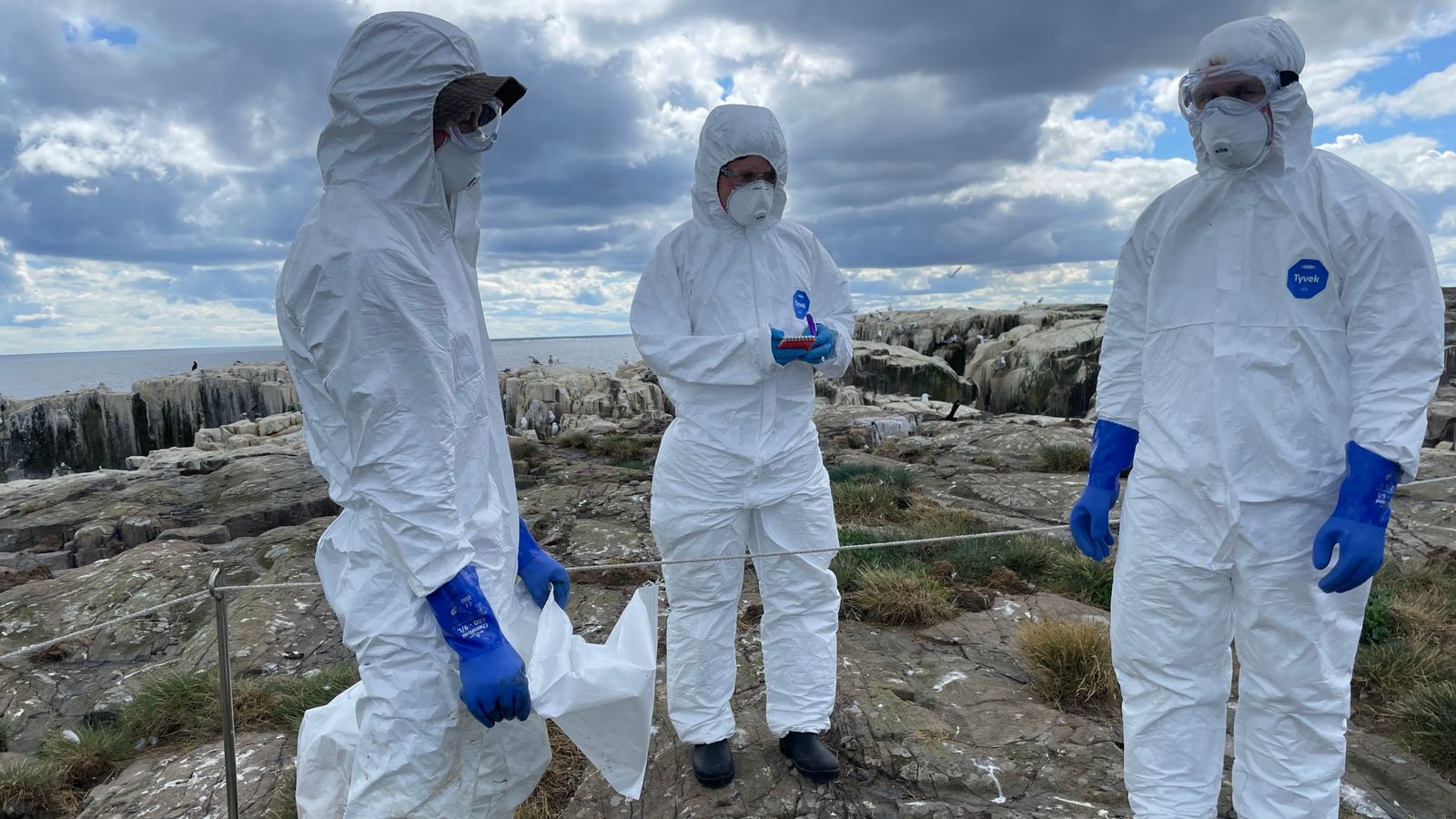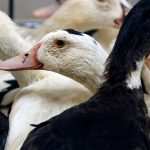Nine otters and foxes have contracted bird flu since 2021, according to the Animal and Plant Health Agency (APHA)
The animals are thought to have eaten dead wild birds that were infected with the virus, but the UK is a “long way” from being in a situation where humans could be at risk of contracting the disease and it spreading in the same way as COVID.
APHA professor Ian Brown said: “These are wild mammals that scavenge on sick and dead birds, and there’s a lot of dead wild birds at the moment due to the bird flu presence around the globe.
“Those animals are consuming and being exposed to very high quantities of virus and that’s leading to some spillover infection.”
Professor Brown added: “We’ve recently detected events both here and around the world, evidence that this virus can on certain occasions jump into other species.
“To be clear though, this is still a bird virus essentially, that wants to be in birds.”
The first recorded case of bird flu in non-avian wildlife in the UK was a fox in Durham in 2021, then seven cases of otters and foxes testing positive were detected in 2022.
Bank of England hikes interest rates by 0.5 percentage points in tenth consecutive rise
Interest rates – latest: Inflation set to ‘fall rapidly’ – and is there a hint this could be end of interest rate hikes?
Boss of British Gas owner says there is ‘no excuse’ after prepay meters forced on vulnerable people
In 2023, a fox in Powys, Wales, was infected while one person contracted the virus in January 2022 – an extremely rare case.
Dr Meera Chand, of UK Health Security Agency (UKHSA), said: “Latest evidence suggests that the avian influenza viruses currently circulating in birds do not spread easily to people.”
Please use Chrome browser for a more accessible video player
She added that while bird flu was detected in a “small number of mammals in the UK” there were no “signals of increased risk to the general public”.
Professor Brown affirmed that bird flu was “a long way” from looking like COVID, spreading from human to human.
However, he said: “We need to understand the consequence of this infection. Does it make the virus change by jumping its host? We’re aware those events can sometimes lead to that.”
He said APHA didn’t have “any evidence” that bird flu could “go from fox to fox or otter to otter” – that is dead-end infections.
Prof Brown added that it was “difficult to control the disease in wild birds” but “what we can do is effectively control the disease in poultry”.
In the UK, the virus has not spread from one poultry farm to another.
“So if you can cut that source of infection off, and we can do that around the world, you reduce the risk of it spilling over into wild birds and evolving further.”
APHA is “watchful” of the situation as is the UKHSA, which remains “vigilant for any evidence of changing risk.”






















